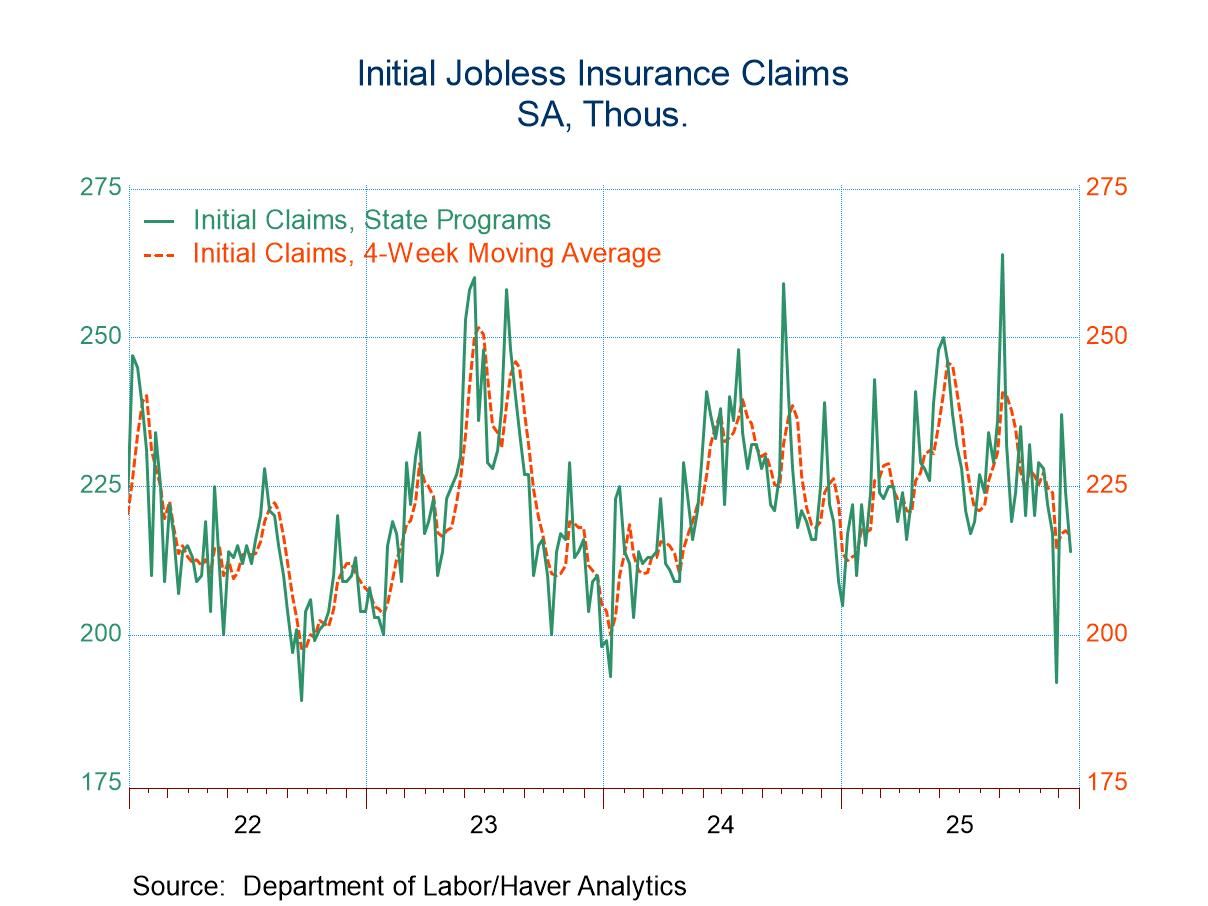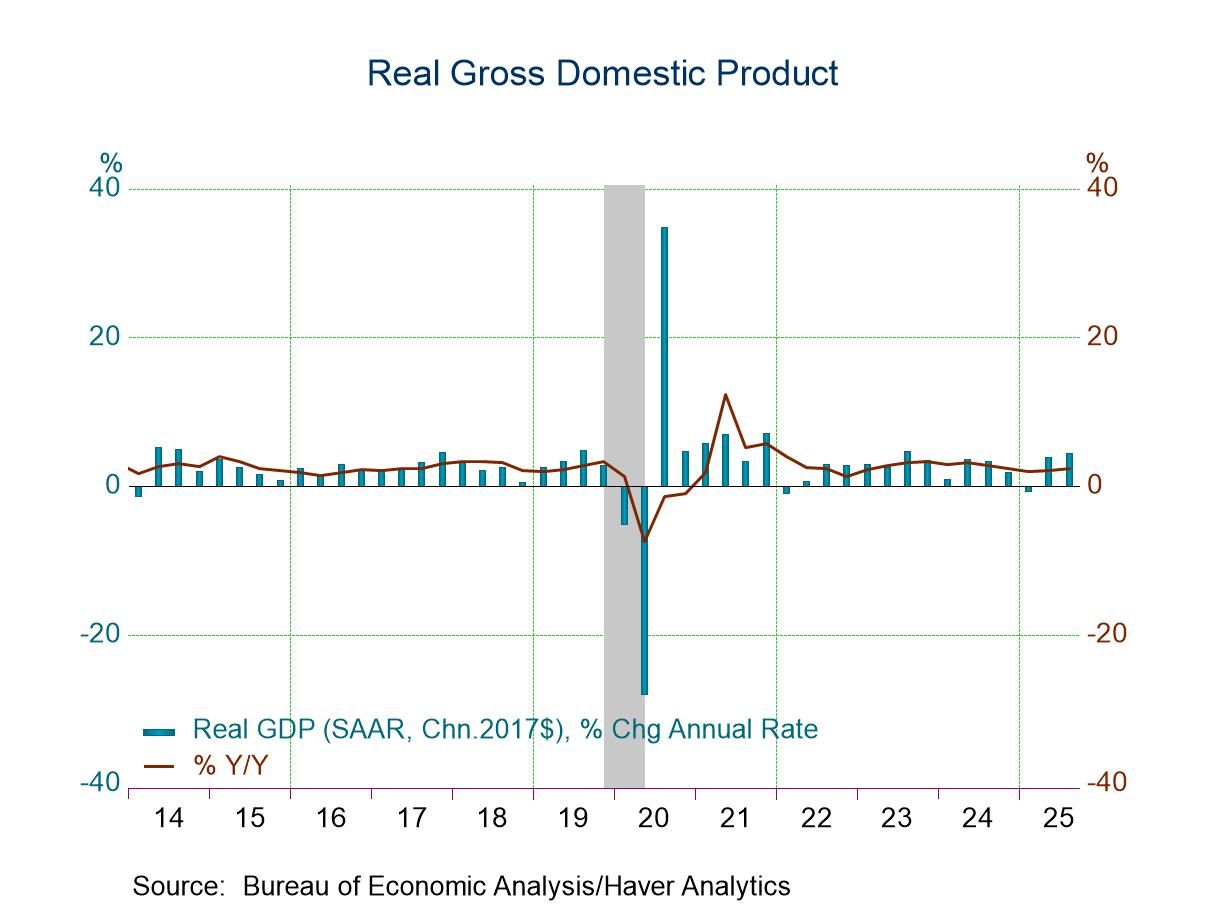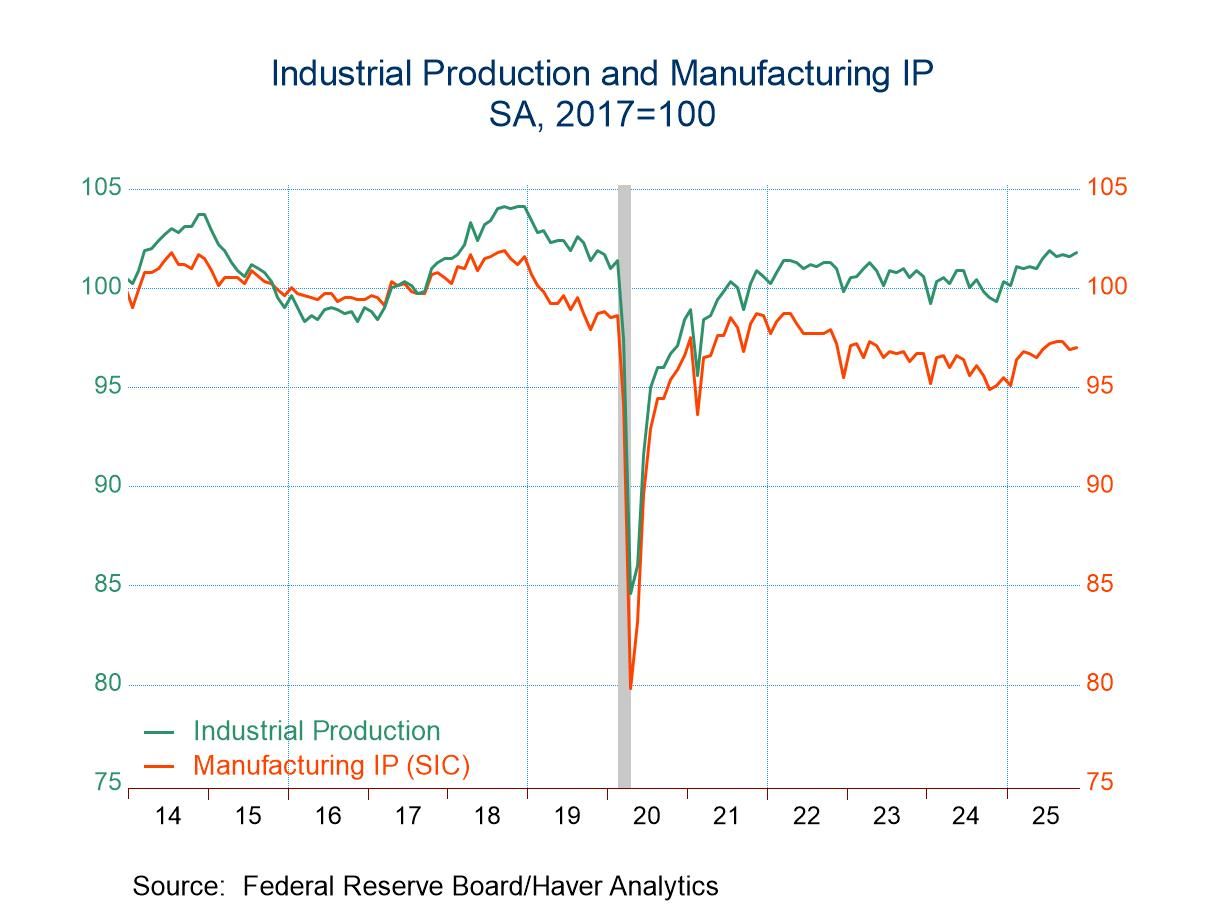 Global| Nov 18 2022
Global| Nov 18 2022Charts of the Week (Nov 18, 2022)
by:Andrew Cates
|in:Economy in Brief
Summary
This week our first two charts home in on the enduring trend toward weaker growth expectations and rising inflation expectations that was featured in the November Blue Chip survey of economic forecasters. Despite that poor fundamental backdrop, risk assets in financial markets have nevertheless rallied in recent days thanks in large part to some weaker-than-expected US inflation data for October. And our next two charts underscore how important the evolution of US inflation – and monetary policy – could be in sustaining that risk rally in the period ahead. China's economy too has been in the spotlight this week thanks to a barrage of weaker-than-expected data, some of which we highlight in our fifth chart. Finally, we zoom in on Japan's economy and its weaker-than-expected Q3 GDP report which was also published this week.
Consensus growth forecasts for 2023 The November Blue Chip survey of economic forecasters revealed further downward revisions to the GDP outlook for 2023 in most major developed and developing economies. Indeed the only major economies that escaped a further downward revision were Japan, the US and France which saw their growth forecasts stabilised from an already weak level. The GDP outlook for Russia in the meantime was also revised higher albeit from an extremely depressed recessionary level (see chart 1 below).
Chart 1: The evolution of Blue Chip consensus forecasts for GDP growth in 2023

The US consensus for 2023 Further noteworthy features of the consensus outlook for the US included a further climb in inflation and long-term interest rate expectations for 2023 and a slightly improved outlook for corporate profit growth, albeit from expected declines (see chart 2).
Chart 2: The evolution of Blue Chip forecasts for US inflation, profits and 10yr yields in 2023

Stocks and real yields A backdrop of rising interest rate expectations and ebbing profitability is arguably not that favourable for global equity markets. Still, as we noted above, markets have reacted positively in recent days to some softer-than-expected US inflation data. The latter has caused investors to reassess their outlook for US monetary policy, which, in turn, has caused real yields to fall back. And as the chart below suggests, real yields have had a very high negative correlation with equity markets over the past two years.
Chart 3: US 5 year real yields versus global equity prices

Global inflation One of the questions that investors may now ask is whether softening US inflation data have any implications for inflation in other advanced economies. Much of this week's European inflation data for October suggest the answer is possibly, but not yet. Still, there is perhaps, unsurprisingly, a very high correlation between CPI inflation in the US and in other advanced economies, as evidenced in the chart below. The heavy role that global commodity price gyrations typically play in driving trends in consumer prices is one of the main reasons for this.
Chart 4: Inflation in the US versus elsewhere

China's real estate investment and inflation As we've noted before, China is proving to be an exception to the rule when it comes to inflation considerations. Evidence for that emerged last week in the form of a very benign set of CPI and PPI data for October. One of the key reasons for lacklustre inflation levels concerns its restrictive COVID policies. Another reason though concerns the fragility in the housing sector. Further evidence for the latter emerged this week via a y/y decline of 8.8% in October in real estate investment (see chart 5 below).
Chart 5: China's fixed asset investment in real estate versus headline PPI inflation

Japan's GDP growth Our final chart this week homes in on the Q3 GDP data that were published for Japan earlier this week. Japan's economy more specifically shrank by 0.3% q/q, a much weaker than expected outcome relative to expectations for a gain of 0.2%. Weaker-than-expected private consumption was one reason for the GDP retreat but it was the much larger than expected drag from net trade that was the main source of disappointment (see chart 6). That trade drag emerged incidentally notwithstanding the weakness of the yen in recent months.
Chart 6: Contributions to Japan's GDP growth

Andrew Cates
AuthorMore in Author Profile »Andy Cates joined Haver Analytics as a Senior Economist in 2020. Andy has more than 25 years of experience forecasting the global economic outlook and in assessing the implications for policy settings and financial markets. He has held various senior positions in London in a number of Investment Banks including as Head of Developed Markets Economics at Nomura and as Chief Eurozone Economist at RBS. These followed a spell of 21 years as Senior International Economist at UBS, 5 of which were spent in Singapore. Prior to his time in financial services Andy was a UK economist at HM Treasury in London holding positions in the domestic forecasting and macroeconomic modelling units. He has a BA in Economics from the University of York and an MSc in Economics and Econometrics from the University of Southampton.






